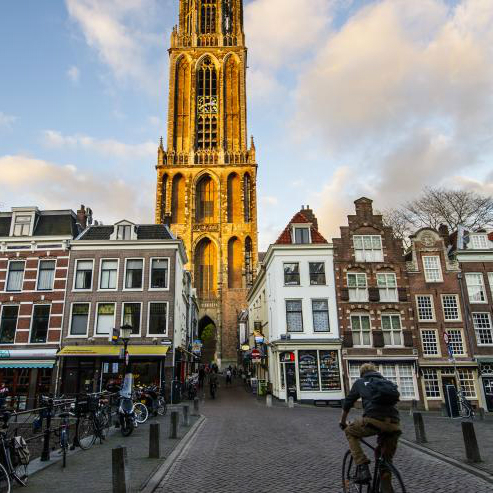A global challenge of our time is how to respond to increasing migration, particularly of refugee populations requiring urgent assistance as they flee from war and persecution. These challenges have become pressing for urban authorities, particularly so in recent years where between 2012 and 2016, there was a significant increase in numbers of displaced persons seeking asylum in cities of the Global North. Within Europe, this was a context marked by a rise in right-wing populism and the polarisation of public responses to refugees. In urban spaces of the Global North, the impacts of migration remain profound, and the reception of asylum seekers provokes urgent questions. How can cities accommodate difference and diversity, while quelling receiving populations’ feelings of economic and cultural threat, and subsequent problems of community cohesion associated with the arrival of asylum seekers? How can asylum seeker reception avoid asylum seekers losing skills and connections, that sees them falling into a negative spiral of boredom, anxiety, and worsening mental health, so often the outcome of current approaches? And how can the time spent in an asylum seeker centre help people prepare for a future in a new country, through onward migration or for a return to the country of origin?
Existing solutions to these questions have failed to provide satisfactory answers, with research indicating the dehumanising effects of asylum procedures. There are impacts at the societal level too; the ways in which asylum seekers are received affects the social and economic fabric of the localities in which people arrive, and may remain in the longer term. Finding appropriate solutions to refugee issues arising globally, but manifesting locally, requires innovation: bold new ways of responding that are different to the usual modus operandi. Solutions to such ‘wicked’ issues defined by their complexity, systemic, interconnected and urgent nature cannot be solved alone. They require instead emergent and hybrid constellations of people and organisations willing to experiment. Such innovation however comes with risk, with possibilities of failure and unanticipated developments.
This report summarizes the findings of the evaluation of a city-led innovation which trialled a distinctive local solution to the formidable challenges of asylum seeker reception: the Utrecht Refugee Launchpad. This initiative was funded by the European Commission’s ‘urban innovative action’ scheme, a funding scheme designed to provide urban areas throughout the European Union with resources to experiment and test new and unproven solutions to solve urban challenges. Utrecht piloted a new asylum concept in the neighbourhood of Overvecht in Utrecht, a Dutch city of over 330,000 inhabitants from November 2016 to October 2018. The project is described fully in Chapter 2, but in short, it was an exceptional and experimental project, in terms of focus, governance and evaluation, and as a result, was also high stakes. The box below summarises the nature of innovation and the risks associated.
